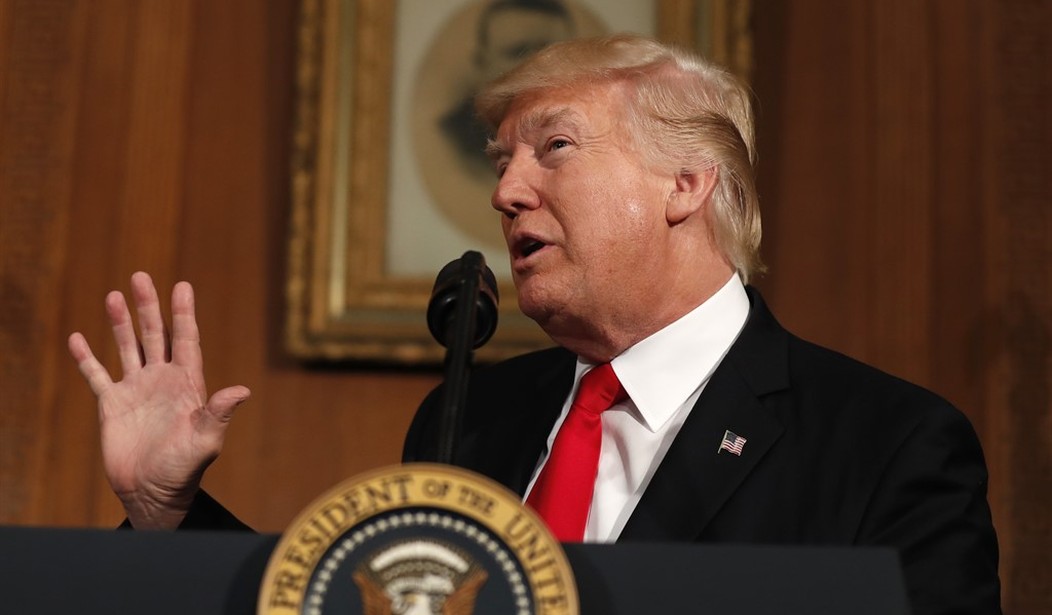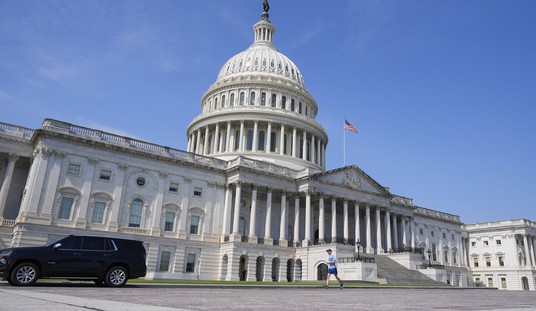A recent front-page story in The Wall Street Journal proclaims that 3 percent economic growth isn't achievable. We are told that 2 to 2.5 percent growth is the best we can do, because of low labor-force and productivity growth.
If that were true it would be dismal news for the country. The long-term growth path for the U.S. economy from 1950 to 2000 was 3.3 percent. Now we can't even strive for a number below the average? Almost every year he was in office, President Barack Obama forecast that he would achieve more than 3 percent growth -- but he never once got there. So the left says it must be impossible. Since they can't figure out how to get growth, nobody can.
But the naysayers are dead wrong. Start with the tax plan that Larry Kudlow and now-Treasury Secretary Steven Mnuchin and I put together for Donald Trump during the campaign. That plan cuts U.S. business taxes from 35 percent (the highest in the world) to 15 percent (which would be among the lowest rates in the world). This will lure more jobs and businesses back to the United States. Apple CEO Tim Cook says the Trump tax plan could bring $250 billion of Apple profits back to these shores, where it can be reinvested in Michigan, Ohio, California and so on rather than Ireland, China or Europe.
The plan also simplifies the tax system and cuts the taxes of 26 million small businesses, which create about two-thirds of the new jobs in America. Without healthy, prosperous employers, you can't have healthy, well-paying jobs.
Recommended
This alone can boost economic growth by as much as 1 percentage point per year and will generate about $3 trillion more tax revenue over the next decade.
One reason many economists believe that 2 percent growth will be the new normal is demographic changes. Baby boomers are retiring, and there presumably aren't enough younger workers to lift growth higher. That's flat-out wrong. We have at least 5-7 million Americans of working age who aren't working and could and should be on the job.
How can we get Americans to start working or working more hours? Here again, tax cuts matter. A tax cut raises take-home pay and makes work more rewarding. It happened in the 1980s after the Reagan tax cuts: We saw huge gains in people entering the workforce, especially women.
Tax cuts aren't the only way to boost the growth rate and crash through the 3 percent barrier. We should admit more skilled immigrants to replace the wave of retirees. It would also make sense to put work requirements on our $1 trillion a year welfare state. For the able-bodied, work should always be a condition of taxpayer aid. In the 1990s, the nation discovered this was the best way to lift the poor out of poverty and to get adults on the road to economic success. With some 42 million Americans on food stamps and even more on Medicaid, workfare can add dramatically to the number of Americans working and thus speed up growth.
One more thing: Trump has history on his side when he says we could achieve 3, 4 and even 5 percent growth for a sustained time.
In 1983, the economic growth rate during the first months of the Reagan tax cuts eclipsed 8 percent, and economists and politicians started yelping that the economy was churning so fast it was "overheating." That rapid return to prosperity helped the Gipper win a 49-state landslide the next year.
Now we're being told that America can't grow at even a mediocre 3 percent? If liberals don't believe that Trump can succeed where Obama failed, there is an obvious way to find out. Get out of Trump's way and let's see if he can prove it.

























Join the conversation as a VIP Member